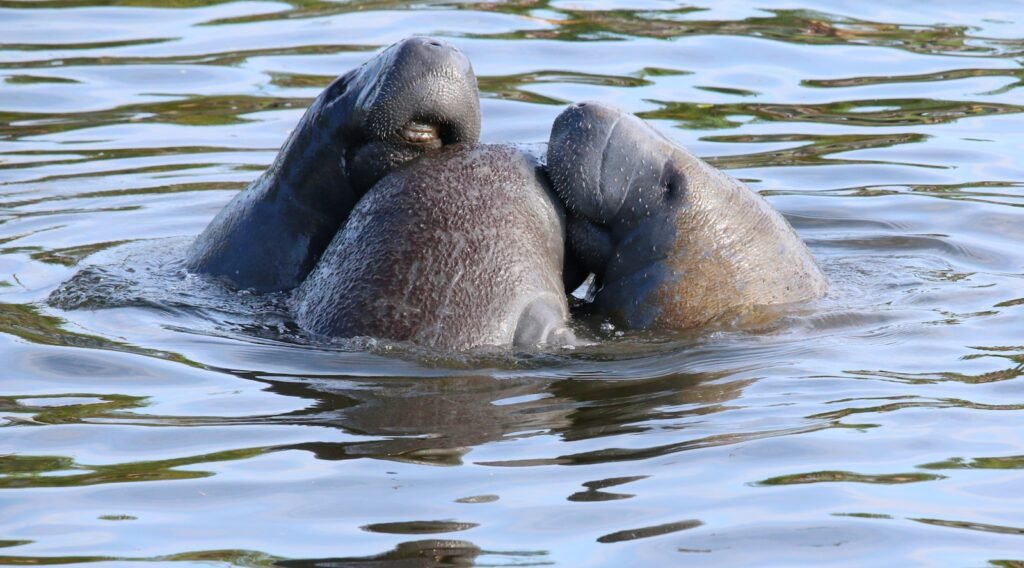Italy, a land known for its rich cultural heritage and historic marvels, is now making waves in the scientific community for a completely different reason. Beneath its sun-kissed landscapes and rolling vineyards lie treasures of a bygone era—fossils that are reshaping our understanding of ancient marine life. These remnants of the past offer a window into the primeval oceans, telling tales of ecosystems that thrived millions of years ago. As researchers continue to unearth these fossils, they piece together a complex puzzle of life that once dominated the seas, offering insights that challenge our previous notions about marine biodiversity and evolution.
The Fossil-Rich Terrain of Italy

Italy’s varied terrain, from the towering Alps to the sprawling beaches of the Mediterranean, serves as a rich canvas for paleontologists. The Apennine Mountains, in particular, are a hotspot for fossil discoveries. These mountains, which stretch like a spine down the length of the country, were once submerged under ancient seas. Over millions of years, tectonic movements lifted these seabeds to their current altitudes, preserving a treasure trove of marine fossils. The abundance of well-preserved specimens found in these areas provides scientists with a detailed record of marine life, offering clues about the species that once roamed these waters and their ecological interactions.
An Array of Marine Fossils
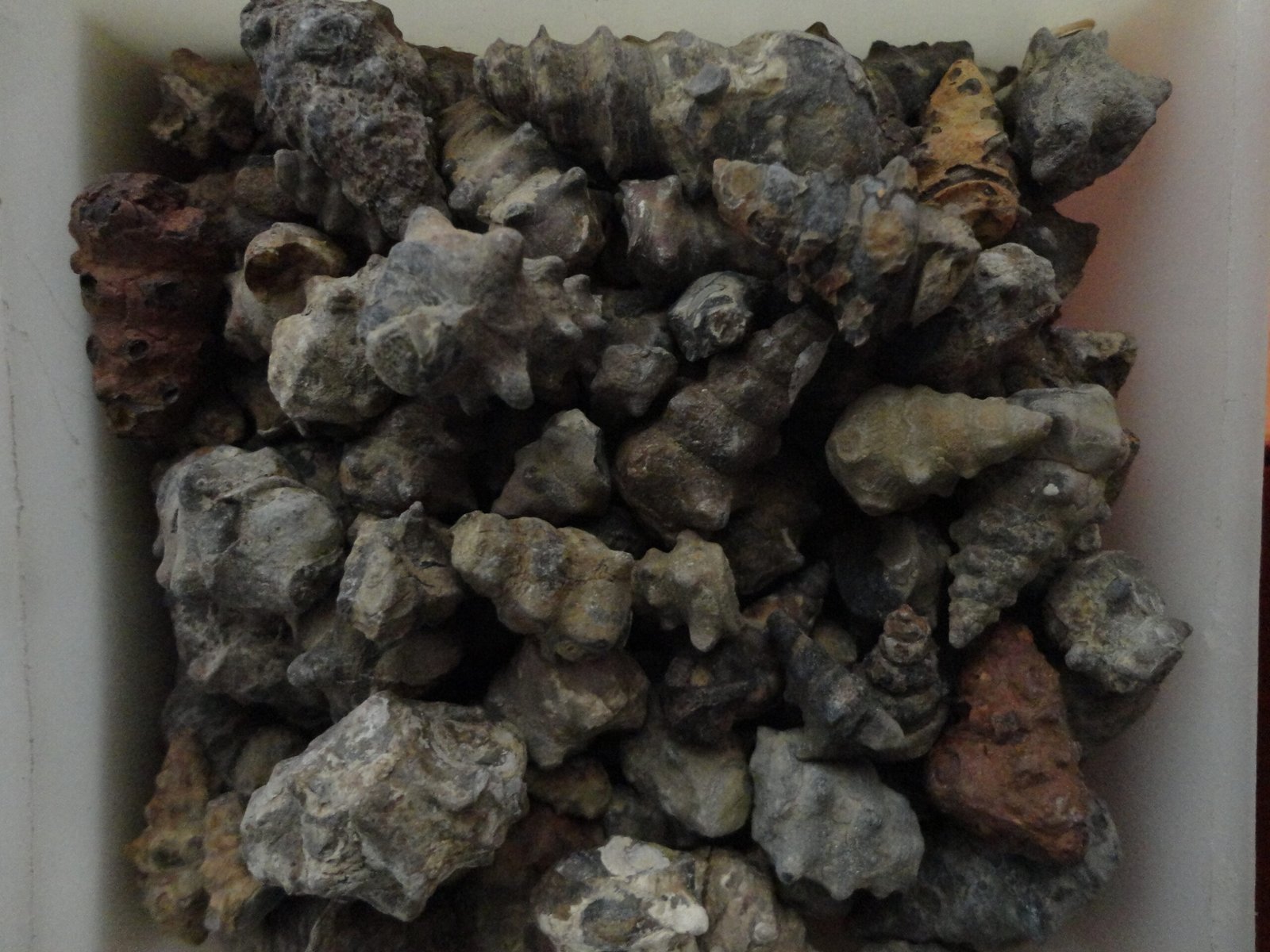
The diversity of marine fossils found in Italy is simply astounding. From ammonites, with their distinctive spiral shells, to ancient sharks and fish, the range of species unearthed provides a comprehensive snapshot of prehistoric marine ecosystems. These fossils are not just remnants of individual creatures but indicators of the broader ecological conditions of their time. They reveal information about the climate, sea levels, and biodiversity of ancient oceans. The sheer variety of fossils also suggests a highly complex and interconnected marine ecosystem, teeming with life forms that have long since vanished from the Earth.
The Role of Fossils in Understanding Evolution
Fossils are often referred to as nature’s time capsules, preserving evidence of evolutionary changes over millennia. In Italy, these fossils are shedding light on the evolutionary paths of marine species. For instance, the discovery of transitional fossils—those that exhibit traits common to both ancestral and derived species—helps trace the evolutionary lineage of modern marine animals. Such findings have profound implications for our understanding of how species adapt to changing environments, illuminating the dynamic processes that drive evolution in the marine realm.
Insights into Ancient Climate Conditions
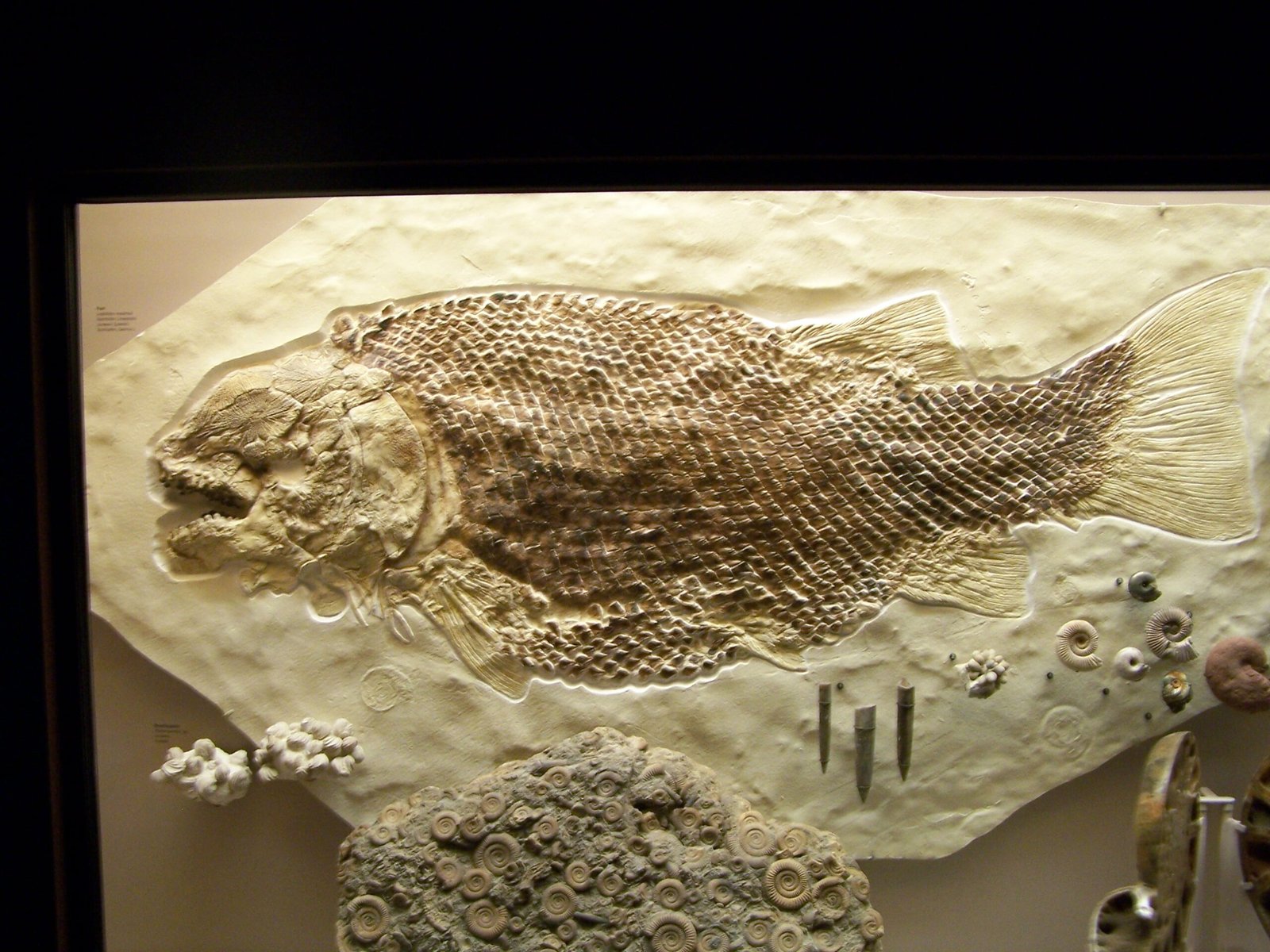
Fossils are not just records of life; they are also records of past climate conditions. By analyzing the chemical composition of marine fossils, scientists can infer temperature, salinity, and other oceanic conditions from millions of years ago. For example, the presence of certain isotopes in fossilized shells can indicate the temperature of the seawater in which they formed. These insights are invaluable for understanding how ancient climate shifts influenced marine ecosystems, providing a historical context that can inform predictions about future climate change impacts.
The Interplay of Geology and Paleontology
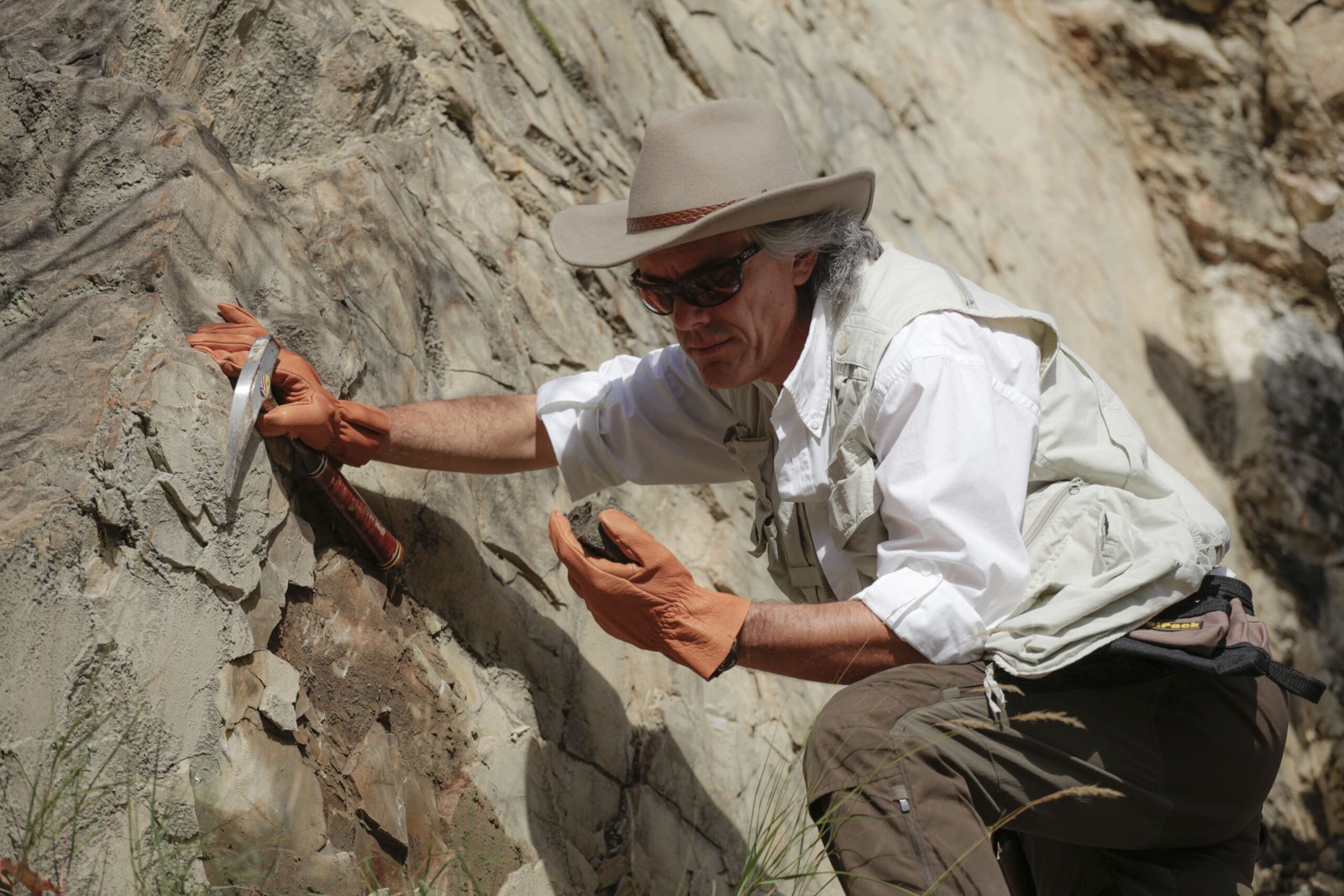
Italy’s geological history is intricately linked with its paleontological discoveries. The country’s unique tectonic activity has played a crucial role in fossil preservation. As the African and Eurasian plates collided, the resulting uplift exposed ancient marine sediments, turning once-buried fossils into accessible treasures. This geological backdrop not only facilitates the discovery of fossils but also helps scientists date them accurately. The precise age of these fossils allows researchers to construct detailed timelines of marine life evolution, offering a chronological framework for studying ancient ecosystems.
Italy’s Fossils and the Story of Mass Extinctions
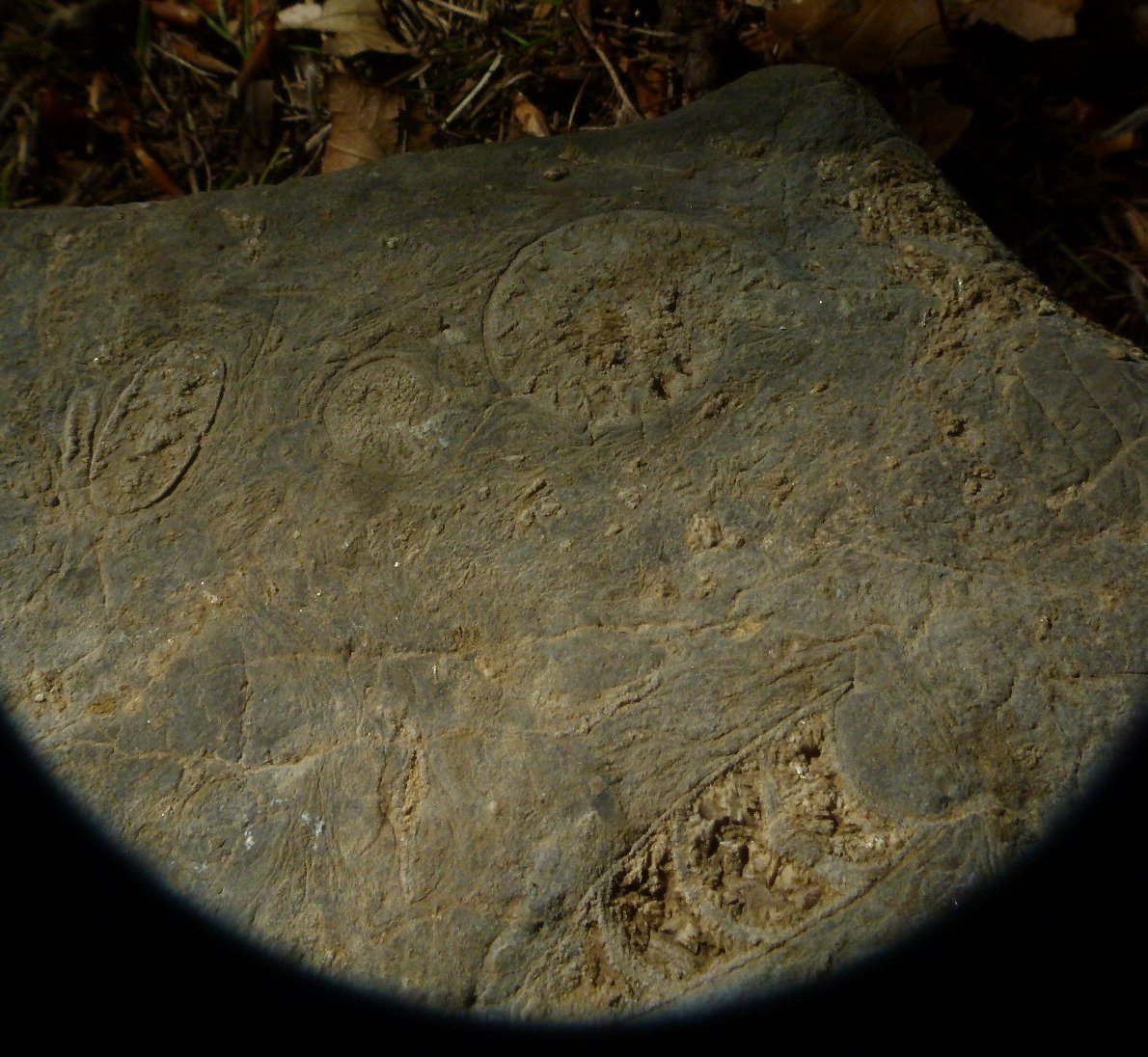
Among the most significant findings in Italy are fossils from periods of mass extinction. These catastrophic events, which wiped out vast numbers of species, are crucial for understanding the resilience and adaptability of life. Fossils from the end-Permian and end-Cretaceous extinctions, for instance, provide evidence of the dramatic shifts in marine biodiversity that occurred during these times. Studying these fossils helps scientists unravel the causes of these extinctions and the subsequent recovery of marine ecosystems, offering lessons on the fragility and resilience of life in the face of environmental upheaval.
Technological Advances in Fossil Analysis
Modern technology is revolutionizing the study of fossils, allowing scientists to glean more information than ever before. Advanced imaging techniques, such as CT scanning and 3D modeling, enable researchers to examine fossils in extraordinary detail without damaging them. These technologies reveal minute anatomical features that were previously inaccessible, providing new insights into the biology and behavior of ancient marine organisms. Additionally, isotopic and molecular analyses are uncovering biochemical traces that offer clues about the diet, metabolism, and habitat preferences of these long-extinct species.
The Cultural and Scientific Impact
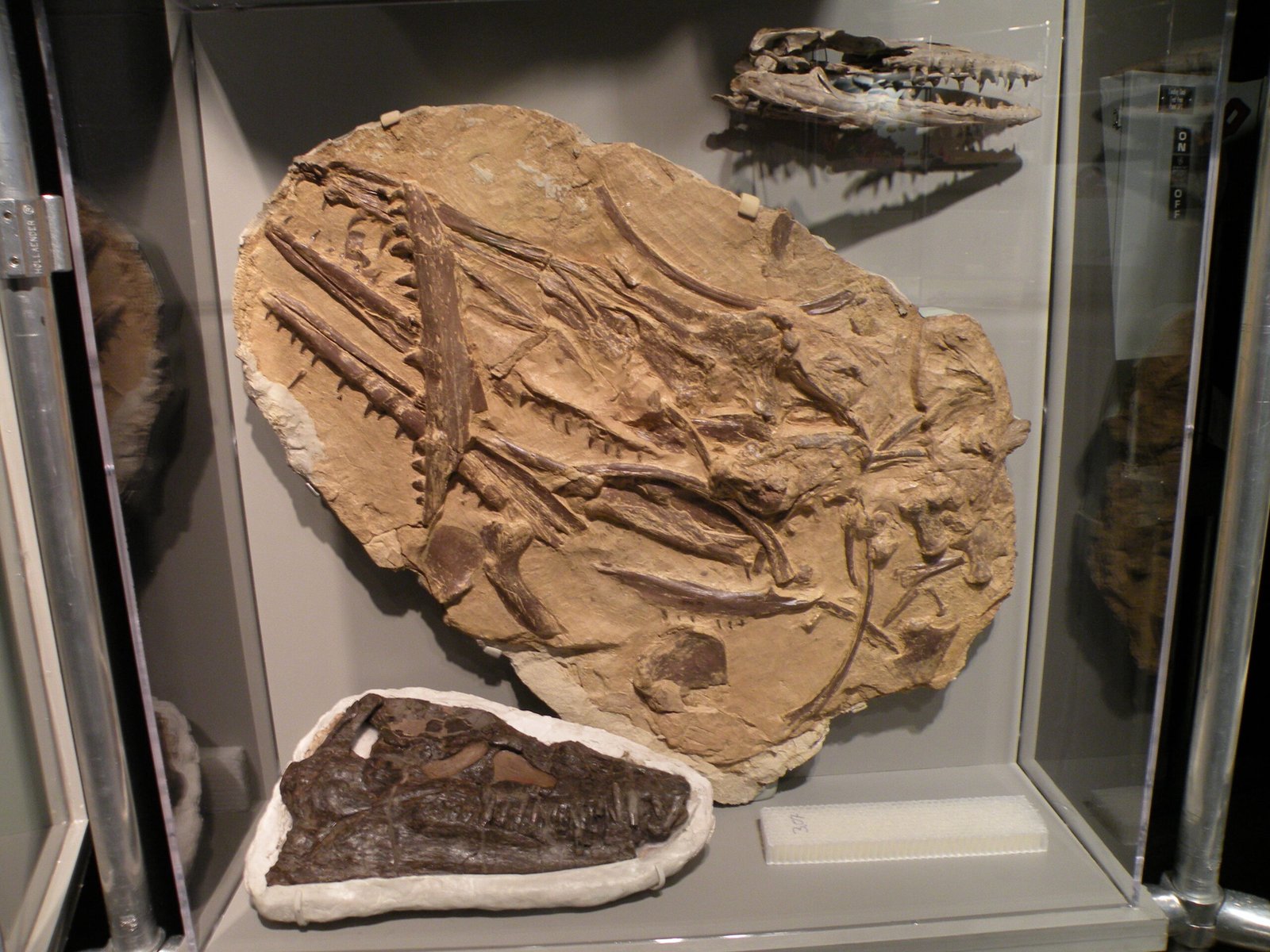
The discovery of marine fossils in Italy is not just a scientific endeavor; it also has a profound cultural impact. These ancient relics have captured the imagination of the public, inspiring awe and curiosity about the natural world. Museums and educational programs showcase these fossils, fostering a deeper appreciation for the history of life on Earth. Moreover, the scientific findings from these fossils contribute to broader discussions about biodiversity, conservation, and the importance of preserving our natural heritage for future generations.
Collaboration Among Scientists
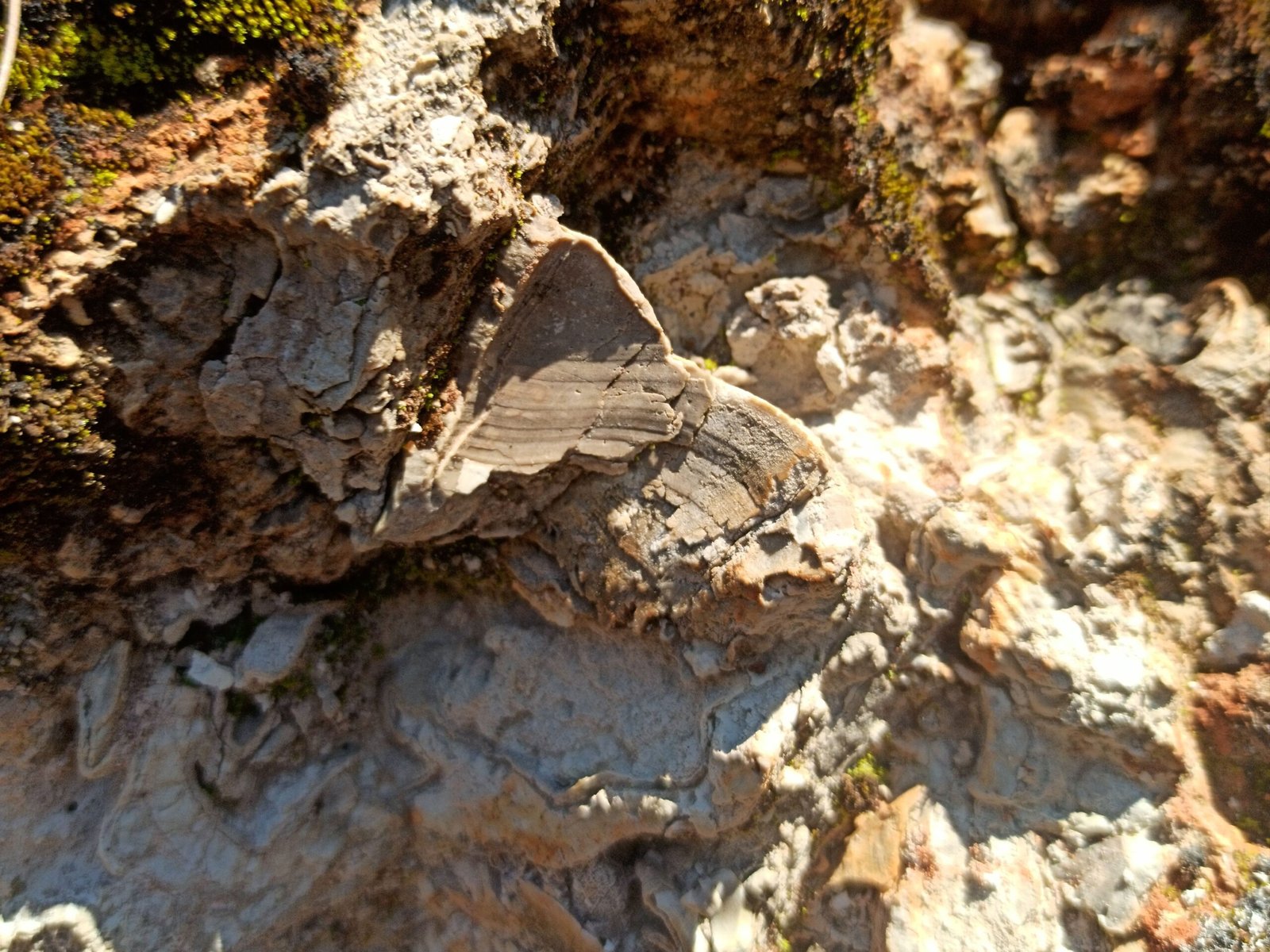
The study of Italy’s marine fossils is a collaborative effort that brings together experts from various disciplines. Paleontologists, geologists, biologists, and climatologists work in tandem to piece together the story of ancient marine life. This interdisciplinary approach enriches the research, as each specialist brings a unique perspective to the table. Collaborative projects often extend beyond national borders, with international teams sharing data and insights to advance the global understanding of past marine ecosystems.
Continued Exploration and Discovery
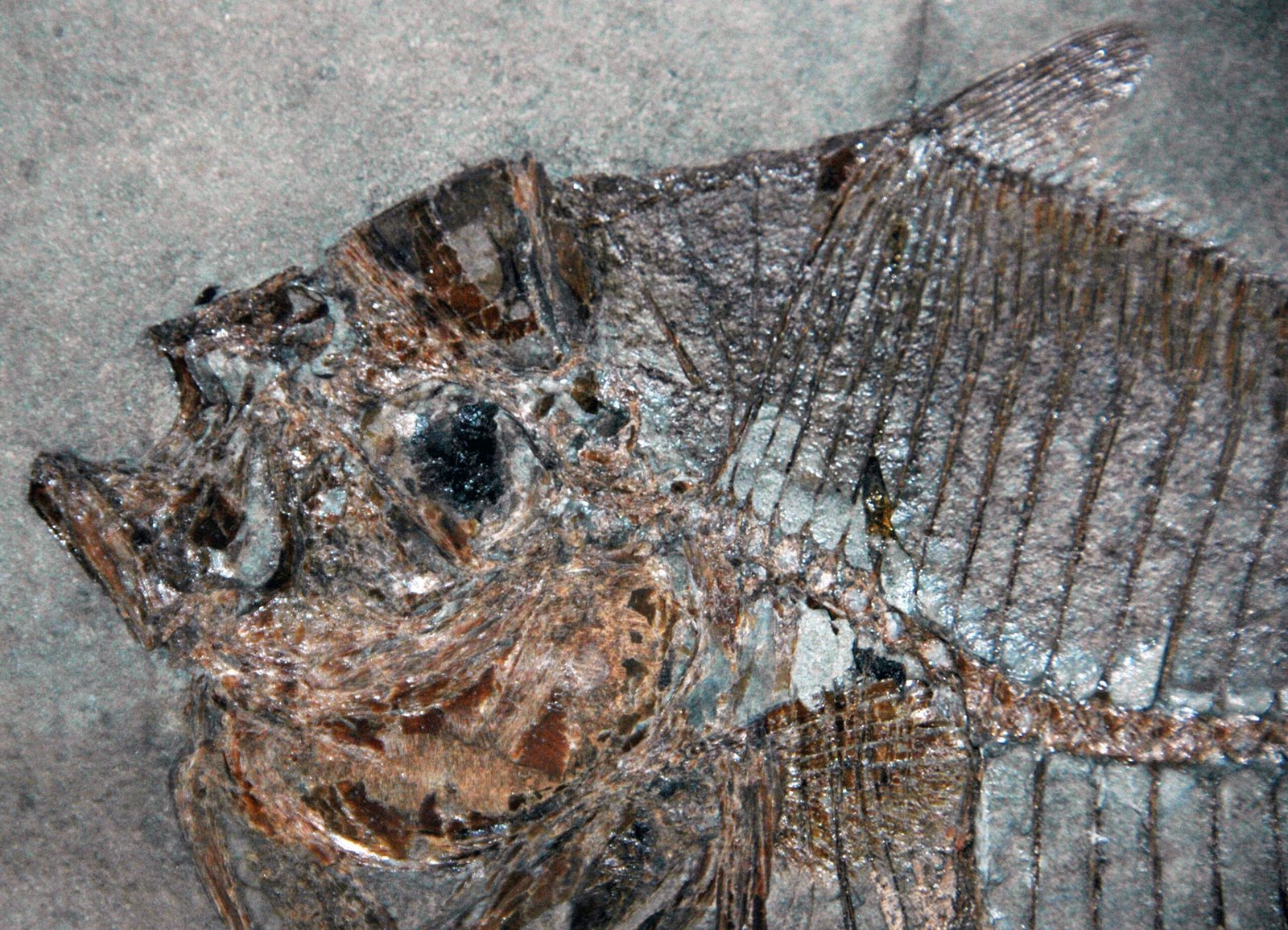
The exploration of Italy’s fossil sites is an ongoing journey, with new discoveries continually reshaping our understanding of ancient marine life. Each fossil unearthed is a piece of the puzzle, offering fresh insights and raising new questions. As research progresses, scientists remain eager to uncover more secrets hidden within Italy’s geological formations. The potential for groundbreaking discoveries keeps the scientific community and the public alike captivated, highlighting the endless possibilities that lie beneath the surface of this fascinating region.


